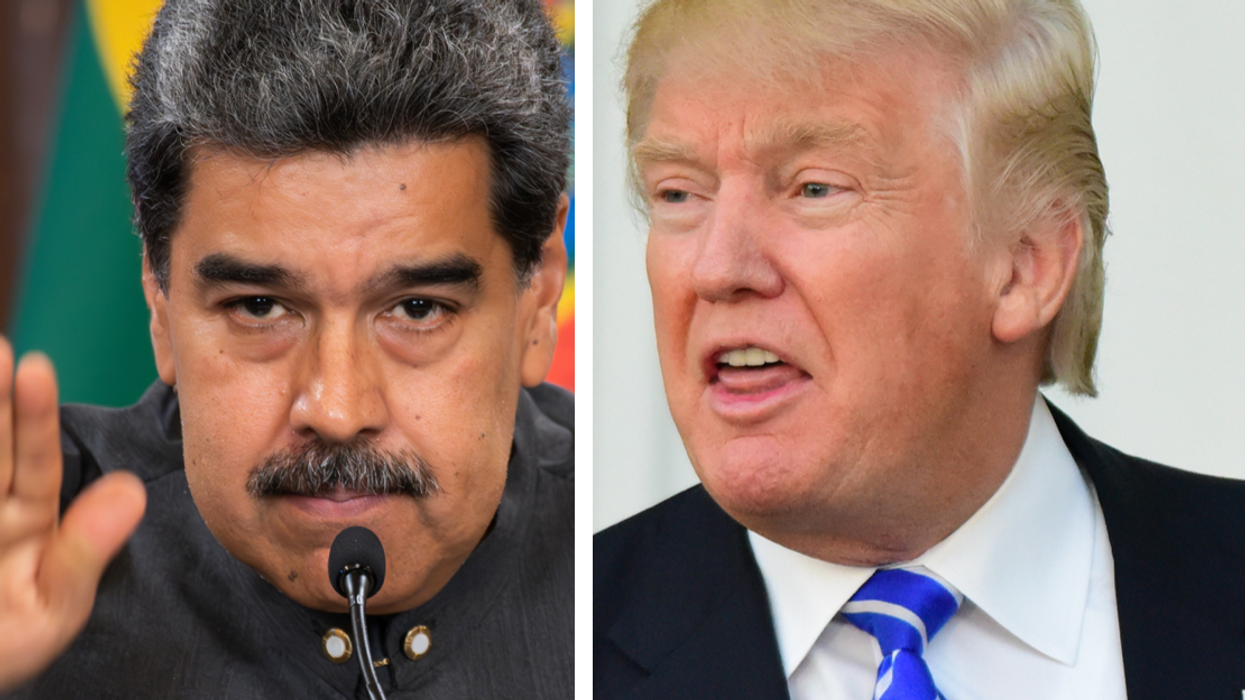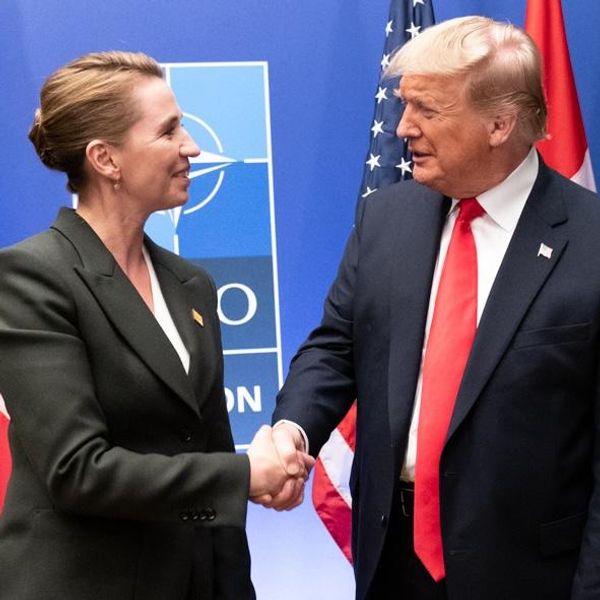After nearly a year of U.S. presidential frustration with Israel’s conduct of its war in Gaza, it seems appropriate to recall another time when Israel defied Washington in another bloody conflict in which Palestinians were the principal victims.
This week marks the 42nd anniversary of the massacres in the Sabra and Shatila refugee camps in West Beirut carried out by the Israel-backed Christian Phalangist militia. Estimates of the number of Palestinian and Lebanese slaughtered during the roughly 36-hour rampage range from 700 at the very low end to more than 3,000 — almost all of them civilians; the vast majority women, children and elderly.
They had been left behind after the evacuation of fighters from the Palestine Liberation Organization from Beirut the previous month as part of a U.S.-brokered ceasefire to end Israel’s seven-week siege of the Lebanese capital. The accord was predicated in part on an exchange of notes between the U.S. and Lebanon (and conveyed to the PLO) under which Washington promised to provide “appropriate security guarantees” to “law-abiding Palestinian non-combatants remaining in Beirut.”
Israel had invaded Lebanon on June 6, 1982 purportedly in retaliation for the attempted assassination of its ambassador in London (although the actual perpetrator hailed from the anti-PLO Abu Nidal Group) and alleged cross-border PLO attacks.
Israel’s aims, which were championed within a divided Reagan administration by Secretary of State Alexander Haig, were ambitious, as one historian put it: “destroying the PLO, expelling Syria’s forces [from Lebanon], buttressing Christian rule, and extracting a peace treaty from the Lebanese government.”
Meeting little resistance, the IDF under Defense Minister Ariel Sharon sped up the coast all the way to the outskirts of Beirut, which they hammered with artillery and airstrikes until an appalled (and no doubt deeply frustrated) President Reagan intervened directly with Prime Minister Menachem Begin. More than 5,000 people were reportedly killed during the siege, most of them civilians.
Under the subsequent ceasefire terms, a multinational force of U.S., French, British, and Italian soldiers was deployed to Beirut to oversee the evacuation of the PLO leadership and about 11,000 of its fighters to third countries and to ensure that the remaining civilian Palestinian population was kept safe for at least 30 days. Within days of the departure of the last PLO fighter, however, Washington withdrew its contingent.
Four days later, on September 14, things began going south when Lebanon’s President-elect, the Phalangist leader Bashir Gemayel was assassinated in a bombing, presumably carried out by Syrian agents. In violation of the U.S.-negotiated ceasefire terms and citing the need to ”keep the peace,” the IDF moved forces into West Beirut, including the area around the two refugee camps, on September 15.
The Reagan administration reacted with anger. In a meeting with the Israeli ambassador in Washington, Deputy Secretary of State Lawrence Eagleburger demanded an immediate withdrawal by the IDF. “We appear to some to be the victim of deliberate deception by Israel,” he charged, according to memos declassified by the Israeli State Archives.
But Israel didn’t comply.
“On the night of September 16, 1982, my younger brother and I were baffled,” recalled Columbia University historian Rashid Khalidi seven years ago, “as we watched dozens of Israeli flares floating down in complete silence over the southern reaches of Beirut, for what seemed like an eternity.”
"What we had seen the night before became clear when we met two American journalists on September 17. … We found out from them that the Israeli army had used flares the previous night in order to light the way for the right-wing Lebanese militias whom the Israelis sent into Sabra and Shatila."
On that same day in a meeting in Tel Aviv, when U.S. Special Envoy Morris Draper also demanded Israel’s withdrawal, Sharon reacted aggressively, insisting that 2,000-3,000 “terrorists” remained in the camps and needed to be eliminated. “When it comes to our security, we have never asked,” he exploded at Draper. “We will never ask. When it comes to existence and security, it is our own responsibility and we will never give it to anybody to decide for us.”
The following day, September 18, the day that Sabra and Shatila the massacres ended, Reagan released a statement, expressing “outrage and revulsion over the murders” and “demanding that the Israeli Government immediately withdraw its forces from West Beirut to the positions occupied on September 14.” But the damage had already been done.
The rest, as they say, is history, and it’s not a good one. The Israeli campaign, while it succeeded — at great human cost, the total dead numbered close to 18,000 — in evicting the PLO’s leadership and most of its military forces from Lebanon, the peace treaty it sought lasted all of nine months, from May 1983 to February 1984 when it was repudiated by the country’s parliament.
Furthermore, Israel’s occupation of southern Lebanon, which effectively began in 1978 and was formalized in 1985, provoked the resistance of the largely Shiite population and fueled the rise of what became Iran-backed Hezbollah, whose militias not only forced the IDF to withdraw completely from Lebanon in 2000, but which currently poses a far greater threat to Israel than the PLO ever did.
As for the U.S., it joined Italy and France in redeploying soldiers to Beirut to bolster the pro-Western government there and to help stabilize the country. But they soon found themselves in conflict with various Syrian- and Iranian-backed sectarian groups, culminating in the October 23 1983 truck bombing of the U.S. Marine barracks at the Beirut airport that killed 241 soldiers, the greatest loss of American servicemen in a single incident since World War II. Reagan withdrew the U.S. mission the following March.
Wednesday marks the 42nd anniversary of Reagan's public statement of “outrage and revulsion.” With Israel’s war today to “destroy Hamas” in Gaza already claiming the lives of more than 40,000 Palestinians, the cross-border conflict between Israel and Hezbollah escalating, and Israel’s defense minister reportedly insisting to President Biden’s top national security officials that “military action” is “the only way” to secure northern Israel, it may be timely to draw the lesson that a young scholar who excavated the Israeli State Archives drew 12 years ago.
“Sometimes close allies act contrary to American interests and values,” noted Seth Anziska, now at University College London, in his New York Times analysis. “Failing to exert American power to uphold those interests and values can have disastrous consequences: for our allies, for our moral standing and most important, for the innocent people who pay the highest price of all.”
















